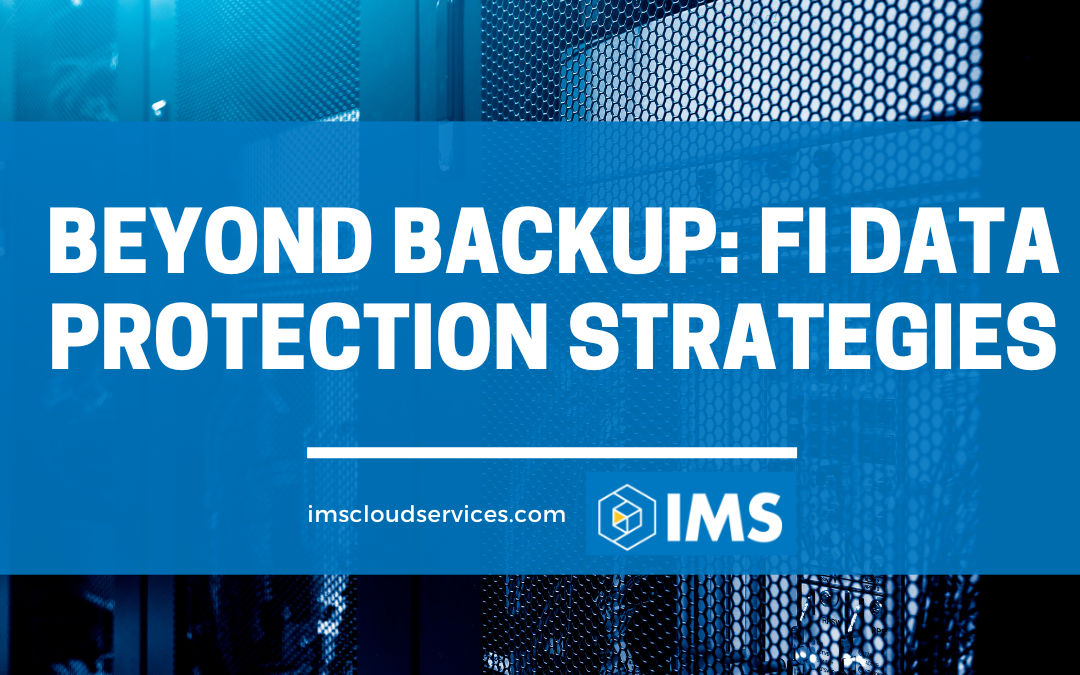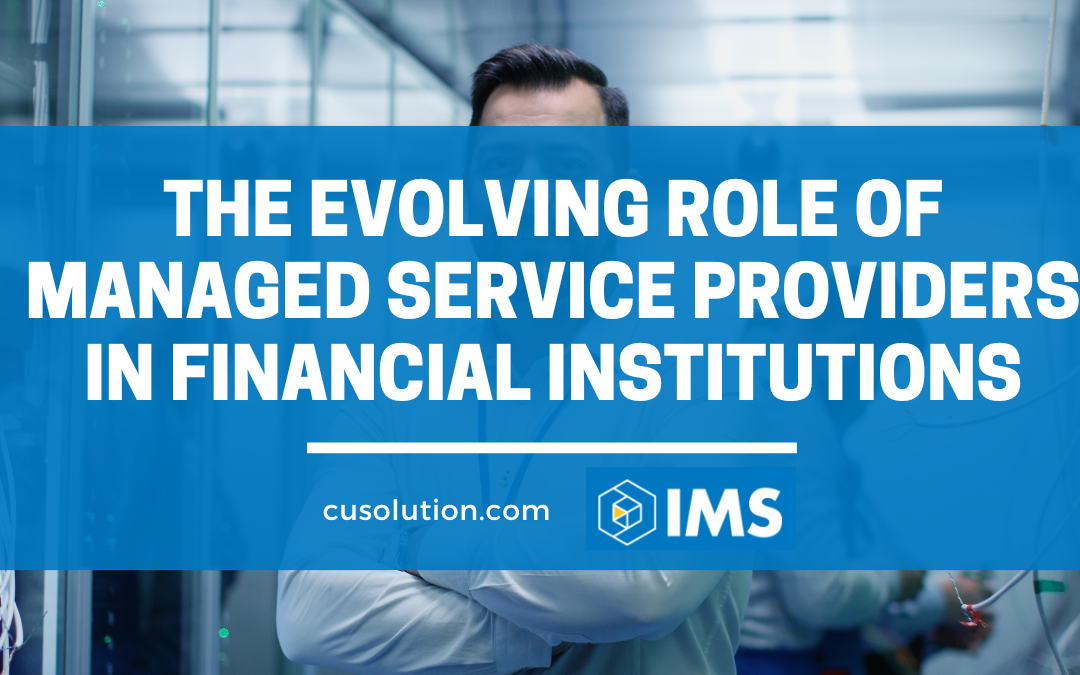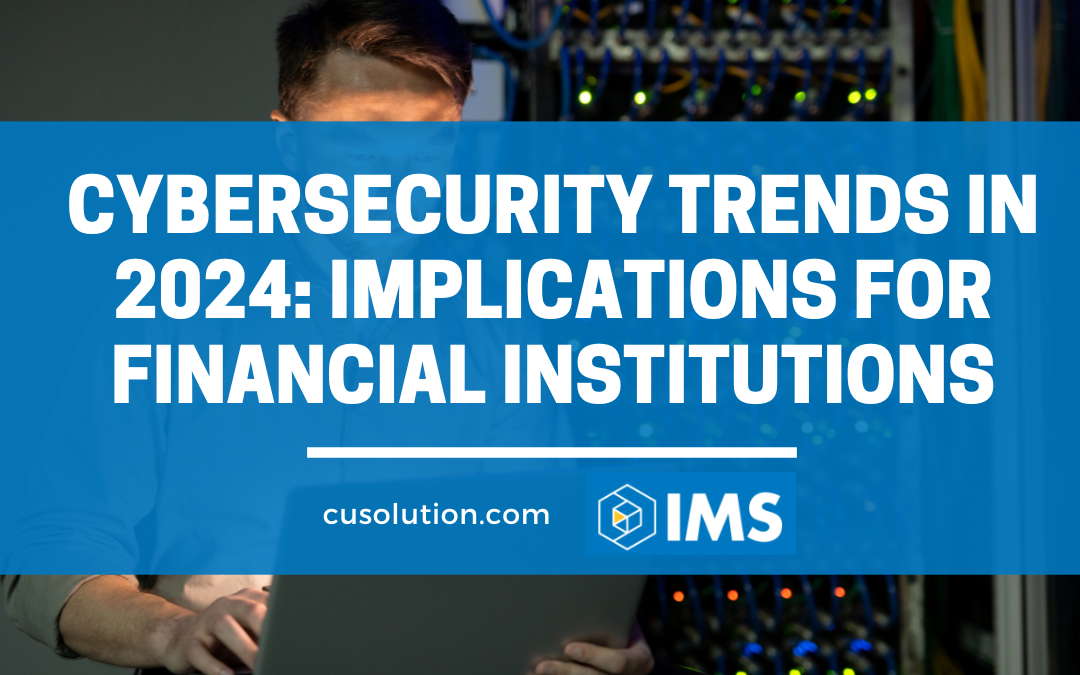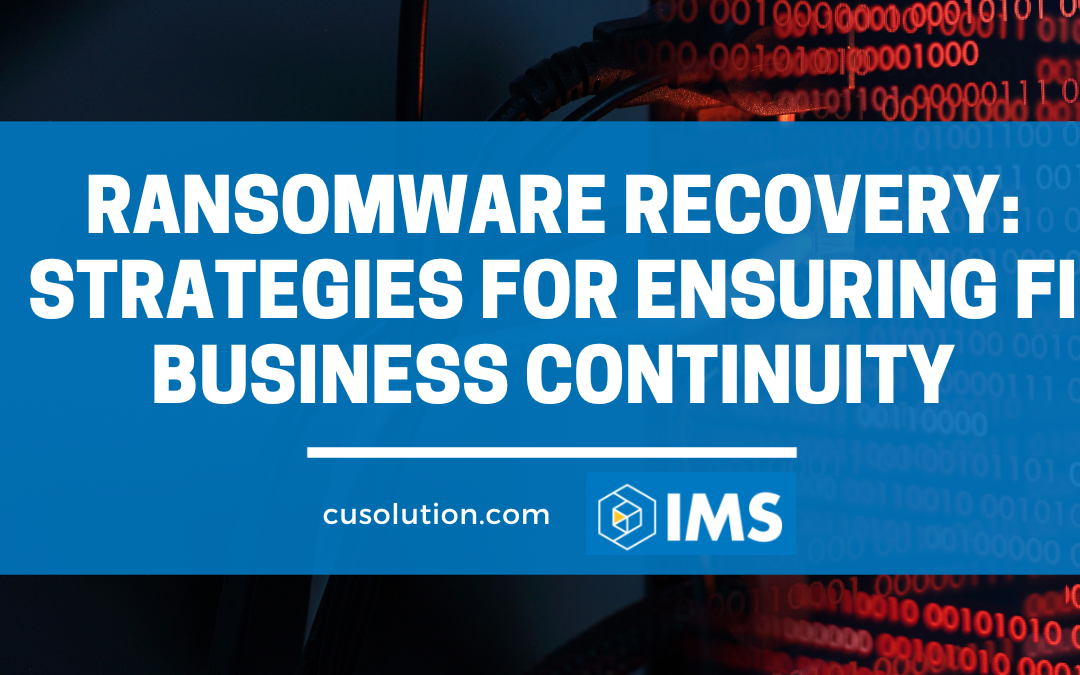
by admin | Apr 15, 2024 | Backup, Business Continuity Planning, Cybersecurity, Disaster Recovery
The evolution of digital finance has ushered in an era of unparalleled convenience and efficiency. Yet, this advancement brings with it a shadow of cyber threats, where the security of sensitive financial data hangs in the balance. The role of data protection and...

by admin | Mar 25, 2024 | Backup, Cloud Computing, Disaster Recovery, IaaS, Information Technology, Regulations
As technology leaps forward by the minute and cyber threats grow more sophisticated by the day, the financial world is at a critical turning point. The urgency for top-notch cybersecurity and seamless data management has hit an all-time high, pushing financial...

by admin | Mar 10, 2024 | Backup, Business Continuity Planning, Cybersecurity, Disaster Recovery
Digital transactions are now the heartbeat of the financial world, making cybersecurity the critical keeper of trust. As we move into 2024, the cybersecurity scene is shifting again, bringing fresh challenges for community banks and credit unions. These...

by admin | Feb 8, 2024 | Backup, Business Continuity Planning, Cybersecurity, Disaster Recovery
In December 2023, a devastating ransomware attack targeted the cloud services provider Ongoing Operations, causing a widespread outage that impacted numerous credit unions. This incident served as a wake-up call for financial institutions and credit union...

by admin | Jan 18, 2024 | Backup, Cloud Computing, Disaster Recovery, IaaS, Information Technology, Regulations
With fintech and general technology evolving at their current pace, credit unions must adopt effective risk management strategies that can safeguard their stability and promote growth. The economy’s uncertainty and volatility have transformed how the...

by admin | Jan 4, 2024 | Backup, Cloud Computing, Disaster Recovery, IaaS, Information Technology, Regulations
Artificial intelligence (AI) has become a part of our daily lives. More often than not, the average consumer isn’t even aware of how deeply integrated it already is. From voice assistants to recommendation algorithms, AI is making its mark on industries...






